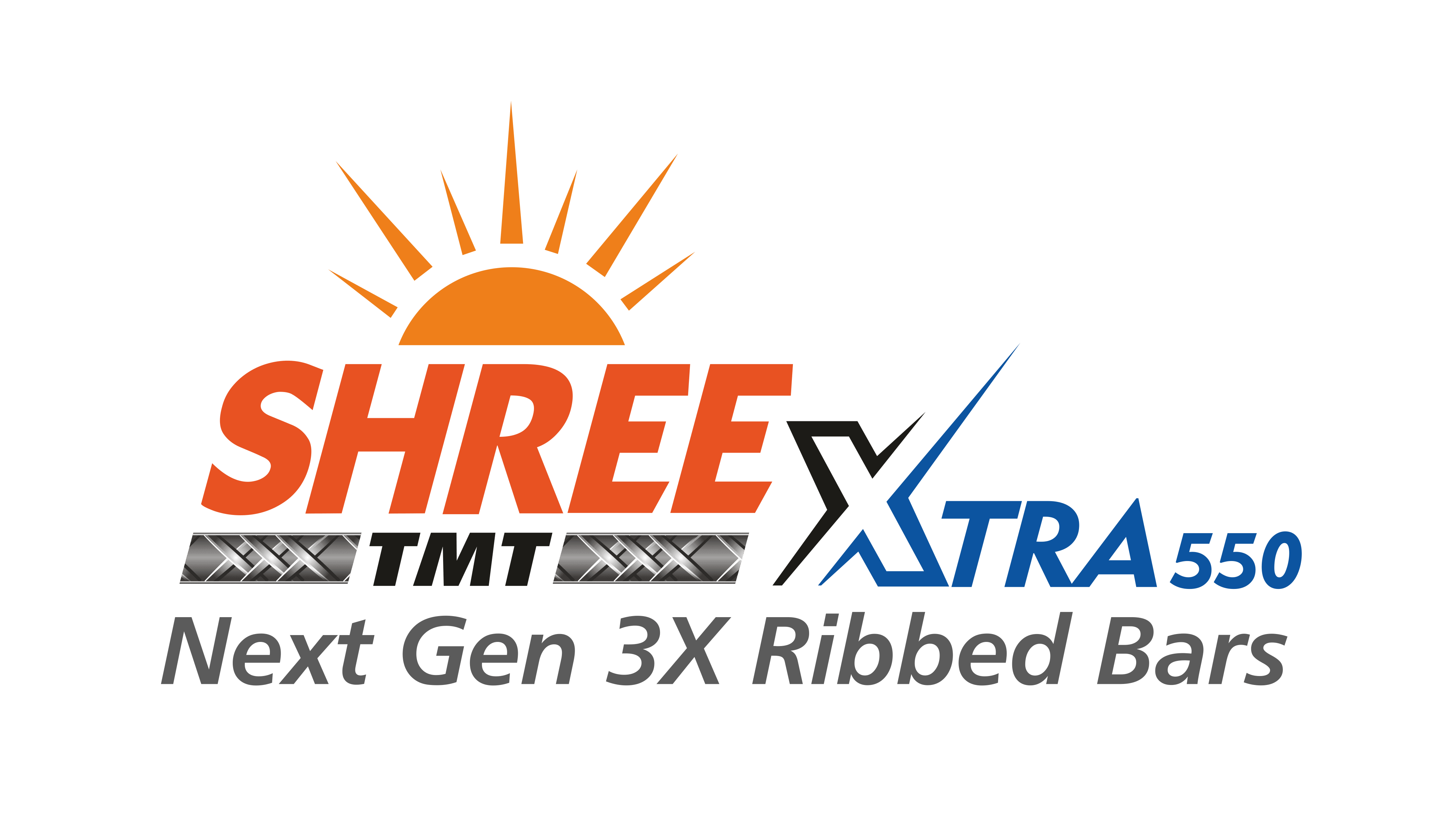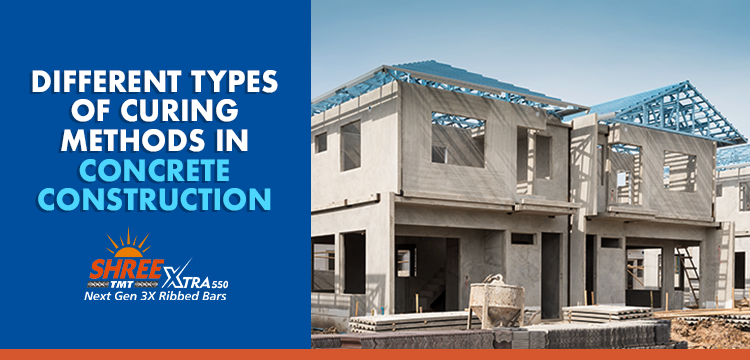Different Types of Curing Methods in Concrete Construction
Proper curing is one of the most critical factors in achieving strong, durable concrete structures. The curing process involves maintaining adequate moisture and temperature conditions to allow concrete to reach its full strength potential and develop desired properties. Understanding various curing methods helps construction professionals select the most appropriate technique for their specific project requirements.
Why Curing Matters
Concrete curing directly impacts the final strength, durability, and performance of structures. Properly cured concrete can achieve up to 50% higher compressive strength compared to inadequately cured concrete. The hydration process, which gives concrete its strength, requires sufficient moisture and favorable temperature conditions to continue effectively for weeks after placement.
Following are the various methods of curing:
- Water Curing: Water curing techniques are among the most effective methods for maintaining optimal moisture levels during the curing process.
- Ponding and Immersion: This method involves covering concrete surfaces with water, creating pools or ponds. It’s highly effective for horizontal surfaces like slabs and pavements, providing continuous moisture supply and temperature control through evaporation.
- Continuous Sprinkling: Water is continuously sprayed over concrete surfaces using sprinkler systems. This method works well for vertical surfaces and provides excellent temperature control, making it ideal for hot weather conditions.
- Wet Covering: Concrete surfaces are covered with water-saturated materials like burlap, canvas, or specialized curing blankets. This economical method ensures consistent moisture retention and is suitable for various structural elements.
- Membrane Curing: Membrane curing methods create barriers to prevent moisture loss from concrete surfaces through various covering materials.
- Liquid Membrane Compounds: Chemical curing compounds are sprayed onto concrete surfaces, forming a thin film that prevents moisture loss. These compounds are available in different types including resin-based, wax-based, and chlorinated rubber formulations. They’re particularly useful for large areas and vertical surfaces where water curing is impractical.
- Sheet Membranes: Plastic sheets, waterproof papers, or specialized membranes are placed over concrete surfaces. This method provides excellent moisture retention and is cost-effective for large horizontal areas.
- Steam Curing: Steam curing accelerates the hydration process by providing both heat and moisture. This method is commonly used in precast concrete manufacturing, allowing for faster strength gain and reduced production cycles. Steam curing can help concrete achieve significant strength within 24 hours.
- Formwork Curing: Leaving formwork in place during the initial curing period helps retain moisture and maintain favorable temperature conditions. The formwork acts as insulation and prevents rapid moisture loss from concrete surfaces. This method is particularly effective for vertical elements like walls, columns, and beams, where the formwork naturally provides protection during the critical early curing period.
- Electrical Curing: This specialized method uses electrical heating elements to maintain optimal curing temperatures. It’s particularly valuable in cold weather conditions where maintaining proper curing temperatures is challenging. Electrical curing provides precise temperature control and uniform heating.
- Hot Water Curing: Similar to steam curing, hot water curing involves circulating heated water around concrete elements. This method is often used for precast elements and provides controlled curing conditions with excellent strength development.
Choosing the Right Method
The selection of a curing method depends on several factors, including project size, structural requirements, weather conditions, available resources, and economic considerations. Water curing methods generally provide the best results, but may not always be practical. Membrane curing offers convenience and cost-effectiveness for large projects, while accelerated methods like steam curing are ideal when rapid strength gain is required.
Quality concrete construction requires careful attention to curing practices. By selecting and implementing appropriate curing methods, construction professionals can ensure their projects achieve optimal strength, durability, and long-term performance, ultimately delivering superior value to clients and end-users.
At Shree TMT, we understand that exceptional concrete structures require both high-quality reinforcement and proper construction practices. While our premium TMT bars provide the structural backbone with superior strength and corrosion resistance, proper curing techniques ensure that the concrete matrix surrounding our reinforcement achieves its full potential. Together, quality TMT bars and effective curing practices create structures that stand the test of time, delivering lasting value and safety for generations to come.

